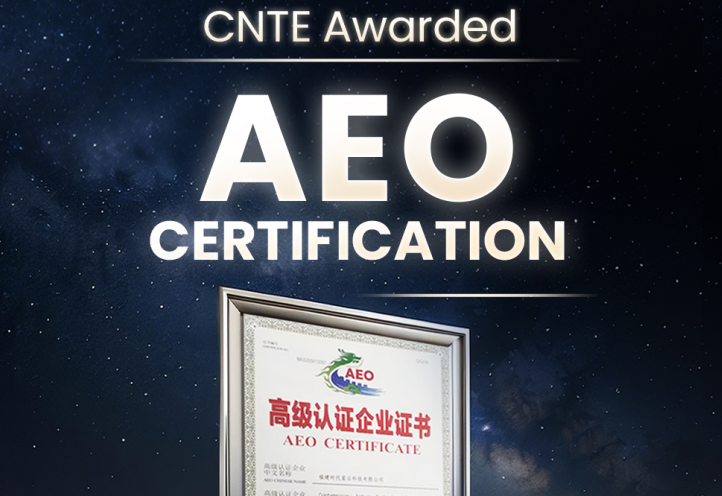How Does the World’s Largest Battery Impact Renewable Energy?
Discover the marvel of the world’s largest battery, a monumental feat of engineering and innovation. Serving as a beacon of sustainable energy solutions, this colossal power reservoir revolutionizes renewable energy storage. Witness the epitome of cutting-edge technology, seamlessly integrating with renewable sources to provide an uninterrupted power supply on an unprecedented scale.
Its mammoth capacity stands as a testament to human ingenuity, promising a greener future by harnessing renewable energy efficiently. Explore the pinnacle of energy storage systems, embodying the fusion of sustainability and advancement. Delve into the awe-inspiring capabilities of this monumental battery, shaping the landscape of global energy sustainability.
Definition and Relevance of Large Batteries
1.1 Understanding Energy Storage
Large batteries are pivotal in storing energy on a massive scale, essential for managing supply and demand in power grids. They can hold immense amounts of electricity generated during off-peak hours and discharge it when demand spikes, ensuring a steady energy flow.
1.2 The Role of Large Batteries in Modern Energy Systems
These batteries are crucial for integrating renewable energy sources like solar and wind, which produce power intermittently. By storing surplus energy, they allow for a more consistent energy supply regardless of weather conditions.
1.3 Enhancing Grid Stability
Grid stability is critical in preventing blackouts and ensuring reliable power supply. Large batteries contribute significantly by providing backup power and balancing load, especially in densely populated or remote areas.
The World’s Largest Battery
2.1 Location and Capacity
The world’s largest battery, operated by CNTE, is located in a key strategic area that serves as a hub for renewable energy sources. This battery boasts a monumental capacity, making it a cornerstone in energy management.
2.2 Technology Used
CNTE has employed cutting-edge technology, including advanced lithium-ion and flow battery systems, to achieve high efficiency and durability in its operations.
2.3 Importance in Energy Systems
This massive battery installation is vital for smoothing out the fluctuations in power generation and ensuring that excess energy produced during peak production times does not go to waste.
Technological Innovations Behind the Largest Battery
3.1 Advanced Battery Technologies
CNTE has pioneered the use of sophisticated battery technologies such as solid-state and lithium-ion systems, which offer higher energy density and longer life spans than traditional batteries.
3.2 Scaling Up Storage Capacity
Innovations by CNTE have allowed for significant scaling up of storage capacity. These include enhancements in battery materials and modular designs that facilitate the easy expansion of storage facilities.
3.3 Overcoming Design and Manufacturing Challenges
Developing the world’s largest battery involved overcoming substantial challenges, including ensuring safety at large scales and maintaining performance consistency across extensive battery arrays.
Economic Impact of Deploying the World’s Largest Battery
4.1 Cost Analysis
Building and maintaining such a colossal battery system involves high initial investments. However, the operational costs are offset by the long-term benefits of energy storage.
4.2 Benefits to Local Community and Region
The project has spurred economic growth in its vicinity, creating jobs and attracting investments in related industries and infrastructure.
4.3 Impact on Energy Prices and Markets
The deployment of the world’s largest battery by CNTE has the potential to stabilize energy prices by reducing the need for expensive peak power plants and decreasing reliance on non-renewable energy sources.

Environmental Considerations and Sustainability
5.1 Assessing the Environmental Impact
The construction and operation of the world’s largest battery by CNTE have substantial environmental implications. From the extraction of raw materials to the assembly of the battery cells, every step has potential environmental risks, including habitat disruption and resource depletion.
5.2 Sustainability in Manufacturing
CNTE has committed to sustainable practices in sourcing materials for its batteries. This includes using responsibly mined minerals and incorporating green manufacturing processes that minimize waste and energy consumption.
5.3 Contribution to Carbon Reduction
Large-scale batteries like CNTE’s play a crucial role in reducing carbon footprints. They enable a greater integration of renewable energy sources by storing excess energy and reducing reliance on fossil fuels.
5.4 Recycling and End-of-Life Management
The end-of-life management of large batteries is critical. CNTE has developed a comprehensive recycling program to handle battery decommissioning, focusing on reclaiming valuable materials and reducing landfill waste.
Case Studies: Comparisons with Other Large Batteries Around the World
6.1 Global Battery Innovations
Significant battery projects across the globe, such as Tesla’s installation in South Australia and the expansion of renewable energy storage in California, offer a broad perspective on how different technologies and scales impact utility and performance.
6.2 Lessons from Existing Installations
From these projects, key lessons have been learned about scalability, cost-efficiency, and integration challenges. Each project provides insights into regional adaptations necessary to maximize the effectiveness of large-scale storage solutions.
6.3 Diversity in Battery Solutions
The variety in environmental and economic conditions worldwide has led to a diverse array of battery types and configurations, from lithium-ion batteries in urban centers to flow batteries in off-grid locations.
The Future of Energy Storage: Beyond the Largest Battery
7.1 Trends and Future Forecasts
The future of energy storage is marked by rapid technological advancements and increasing capacity. Innovations like solid-state batteries and AI-enhanced energy management systems are expected to push the boundaries of what’s possible.
7.2 Breakthrough Projects on the Horizon
Upcoming projects, potentially surpassing CNTE’s current record, include multi-gigawatt installations planned in Asia and Europe, focusing on enhancing grid stability and supporting vast renewable clusters.
7.3 Regulatory and Policy Impacts
Policy developments and regulatory frameworks are pivotal in shaping the future landscape of energy storage. Incentives for clean energy storage and stringent environmental regulations drive the development of more efficient and eco-friendly battery systems.
7.4 Visionary Energy Storage Concepts
Looking further ahead, visionary ideas such as space-based solar power systems and ultra-capacitors represent the next frontier in energy storage, promising to revolutionize how energy is generated, stored, and used globally.

Conclusion: Pioneering the Future of Energy Storage
CNTE’s creation of the world’s largest battery marks a significant milestone in energy storage technology. Not only does it demonstrate the capabilities of current technology, but it also sets the stage for future innovations that could one day surpass its achievements. As the demand for reliable, clean energy continues to grow, the role of large-scale batteries will only become more critical, making projects like CNTE’s not just impressive feats of engineering but essential components of our sustainable energy future.
Get in Touch
Recent Posts
Tags
- battery to grid
- better battery renewable energy
- charging station
- clean energy storage solutions
- electrical energy storage exhibition
- energy storage system solar
- energy tech battery
- ess battery system
- large solar storage batteries
- new battery storage
- optical storage integration
- pcs battery system
- price per kwh battery storage
- smart battery storage
- solar battery container
- solar energy battery storage system
- solar energy storage technology
- solar ess system
- Solar panel energy storage systems
- Solar Power Plant Battery
- solar pv and battery storage systems
- standalone energy storage systems





